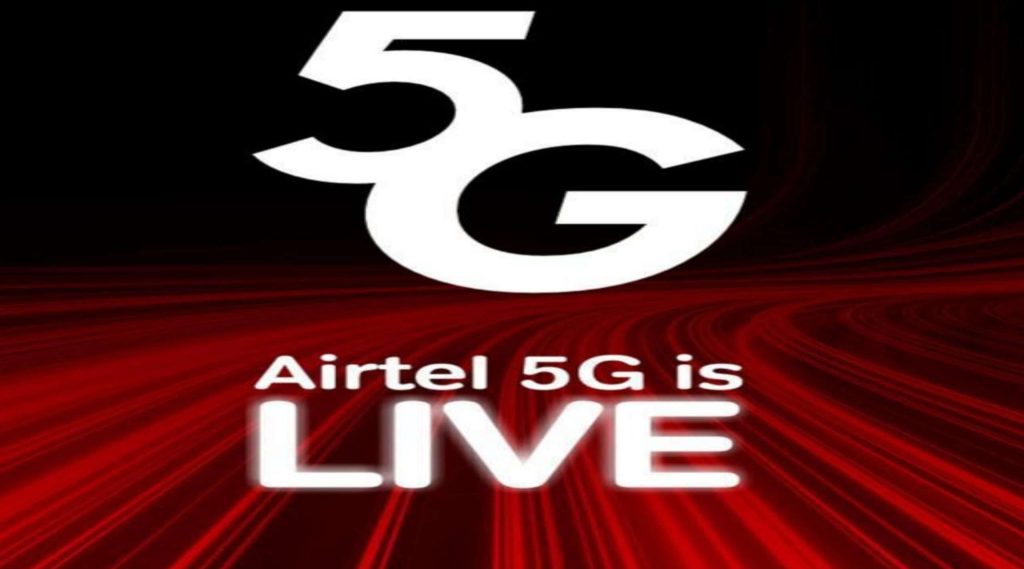Satellite internet has emerged as a crucial solution for bridging the digital divide, enabling individuals in remote or rural locations to access the internet. This innovative technology relies on communication satellites to extend internet access to remote or rural areas. The process involves the transmission of data from a user’s satellite dish to an orbiting satellite, which then relays the information to a ground station seamlessly integrated with the internet infrastructure.
Despite its ability to deliver high-speed internet, satellite connectivity comes with a drawback in the form of elevated latency, impacting the responsiveness of real-time applications like online gaming. This characteristic sets satellite internet apart, making it less optimal for activities that demand instantaneous interaction. However, it remains a lifeline for individuals residing in areas where conventional broadband options are scarce, fostering connectivity and breaking down barriers in the digital landscape.
The Components of Satellites Involved in Internet Connectivity
At its core, satellite internet is a method of delivering internet service by using communication satellites orbiting the Earth. These satellites act as middlemen, connecting users on the ground to the broader internet infrastructure. The process can be broken down into several key components:
Satellite Dish
To access the internet using the setellite users need a satellite dish and a modem. The dish communicates with the satellites in orbit, while the modem handles data transmission to and from the dish.
Geostationary Satellites
Geostationary satellites, placed in high Earth orbit, are commonly used for this purpose. These satellites remain fixed in one position relative to the Earth’s surface, ensuring continuous coverage.
Ground Stations
These facilities are responsible for managing the satellite’s connection with the broader internet. They receive data from users’ satellite dishes and relay it to the internet and vice versa.
Data Transmission Device
When a user requests information, the data travels from their dish to the satellite, then to the ground station, and finally to the destination on the internet. Conversely, when data is requested from the internet, it follows the same path in reverse.
Benefits of Satellite Internet
Global Coverage
Satellite internet transcends geographical barriers, making it the ideal choice for remote or rural areas where traditional broadband is unavailable.
High-Speed Connectivity
Satellites can provide high-speed internet access, allowing users to stream videos, conduct video calls, and use data-intensive applications.
Quick Installation
Setting up the satellites for the internet is relatively quick and straightforward. Users can be connected within days, compared to the often lengthy process of laying physical infrastructure for traditional broadband.
Redundancy
Satellites can serve as a backup option in regions prone to natural disasters or infrastructure failures, ensuring continuous connectivity.
Challenges and Limitations
There are also some challenges you may encounter while using satellite to access the internet. Let\’s look at some of it:
High Latency
Satellite internet is known for its higher latency or delay in data transmission. This can be a drawback for real-time applications like online gaming and video conferencing.
Data Caps
Many satellite internet provider’s plans come with data caps, limiting the amount of data users can consume in a given time period.
Cost
Satellite internet can be more expensive than traditional broadband, both in terms of equipment costs and monthly subscriptions.
Weather Interference
Adverse weather conditions, such as heavy rain or snow, can disrupt the signal between the satellite and the user’s dish.
Applications and Impact
Satellite internet has far-reaching implications across various sectors:
Education
It enables students in remote areas to access online educational resources and participate in virtual learning.
Telemedicine
Satellite internet facilitates telemedicine, connecting patients in distant locations with healthcare providers.
Business and Commerce
It empowers small businesses in remote regions to engage in e-commerce and connect with a global market.
Emergency Services
Satellite internet plays a crucial role in disaster response, allowing first responders to maintain communication during crises.
Global Connectivity
By extending internet access worldwide, satellite internet is contributing to narrowing the digital divide and fostering global communication.
Example of Satellite Internet (Starlink)
We are done talking about Satellites in internet connectivity, let’s move on to Starlink which is a good satellite internet provider…
Starlink is developed by SpaceX, the aerospace venture under Elon Musk. This visionary project aims to revolutionize global internet accessibility, with a particular focus on providing high-speed, low-latency connectivity to users in remote and underserved areas. The strategy involves deploying thousands of compact satellites into low Earth orbit (LEO), strategically forming an extensive network capable of beaming internet signals to ground stations and user terminals.
Key Features of Starlink
Satellite Constellation
Starlink aims to build a mega-constellation of thousands of small satellites in low Earth orbit. These satellites are positioned much closer to Earth than traditional geostationary satellites, reducing latency and improving internet speed.
Global Coverage
The goal is to offer internet access globally, including in remote areas where traditional broadband infrastructure is limited or nonexistent.
Terminals
Users can access the Starlink network through a user terminal, which includes a phased-array antenna dish. These terminals are designed to be relatively easy to set up, allowing users to establish a connection quickly.
High-Speed Internet
It aims to deliver high-speed internet, making it suitable for a wide range of applications, from streaming and gaming to remote work and education.
Low Latency
The use of low Earth orbit satellites results in lower latency compared to traditional satellite internet, making it more suitable for real-time activities like online gaming and video conferencing.
Competitive Pricing
SpaceX intends to make their project competitive in terms of pricing, aiming to provide an affordable alternative for users in underserved regions.
Rural Connectivity
Starlink has the potential to bridge the digital divide by providing internet access to people in rural and remote areas who may have limited or no other options for connectivity.
The Future of Satellite Internet
The progress in satellite technology, like low Earth orbit (LEO) satellite constellations and better signal processing, aims to reduce latency and expand satellite internet capabilities. Companies, such as SpaceX with its Starlink project, work on making satellite internet more attractive and competitive.
In summary, satellites brings the world closer by offering internet access to underserved regions and serving as a critical backup option when needed. Despite its limitations, ongoing innovations promise to make satellites an even more accessible and reliable tool for connectivity in the future.
Have a question? Join our WhatsApp community and engage with us. Click the 'Join Us Now' button below to connect and discuss your queries with our team.



